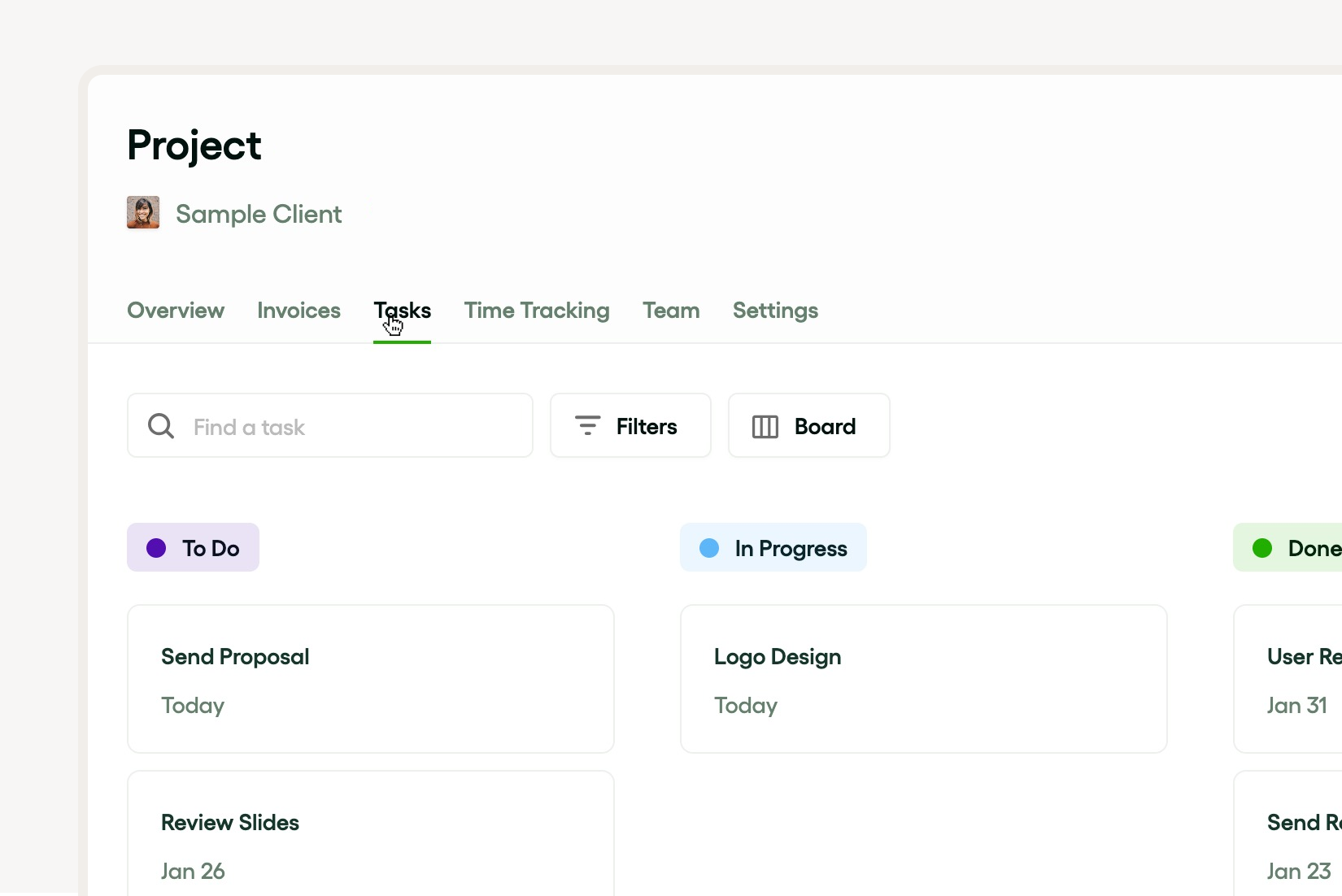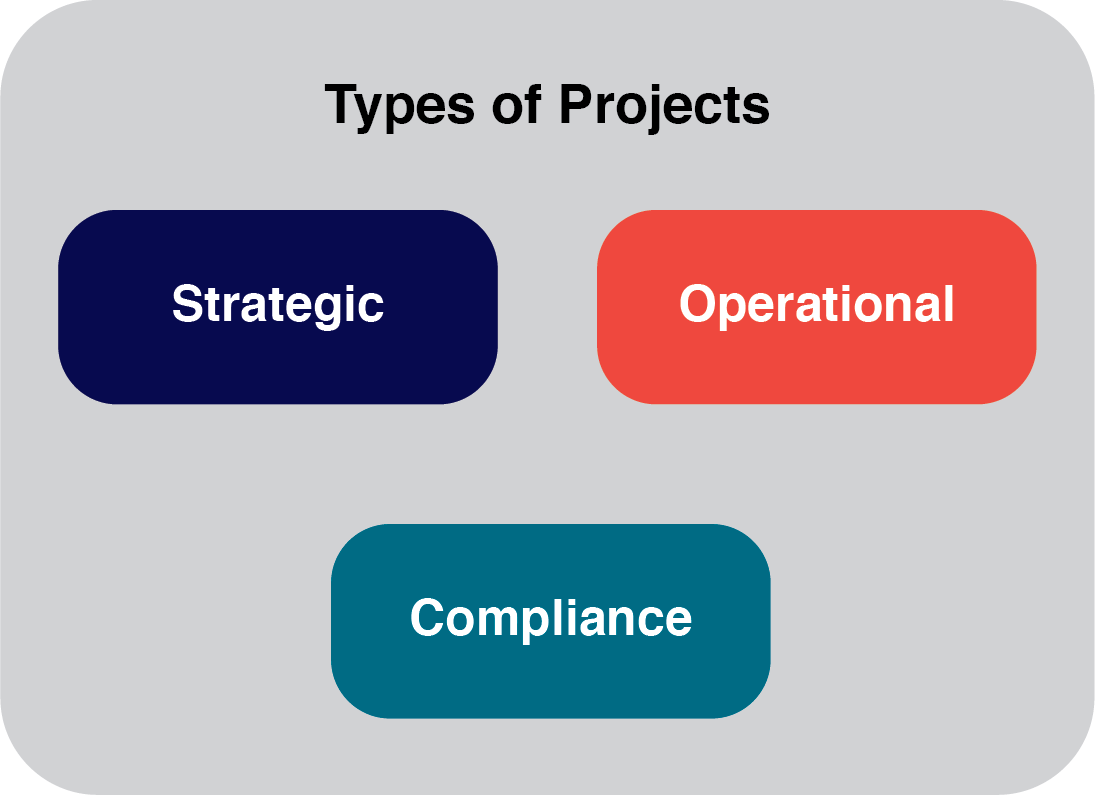Types of IT projects encompass a range of initiatives crucial for modern businesses, including software development, infrastructure upgrades, and cybersecurity measures. These projects are categorized by scale and industry needs, with each type addressing specific organizational goals. Effective management involves clear planning, execution, and adherence to methodologies, ensuring alignment with strategic objectives. For instance, software development projects focus on creating or enhancing applications, while infrastructure projects aim to modernize IT systems. Understanding these types helps organizations optimize resources, improve efficiency, and achieve measurable ROI. By aligning IT projects with business goals, companies can drive innovation and maintain a competitive edge.
Introduction to IT projects
IT projects tackle a variety of tasks, from software development to updating infrastructure and establishing new business processes. Depending on their scope, these projects are classified into categories like small-scale, medium-scale, large-scale, or industry-specific. Effective project management is crucial, involving clear planning, method selection, and diligent execution to steer projects successfully through their life cycles, bridging technical complexities with strategic goals.
Defining IT projects
IT projects encompass initiatives involving planning, execution, and management of resources and people throughout a project's life cycle. These initiatives can range from optimizing business processes to updating infrastructure and developing software, scaling from small to large projects. Each project has a unique scope influenced by specific requirements and methodologies, sometimes tailored to the unique demands of different industries.
Characteristics of IT projects
Characterized by a structured life cycle of planning, execution, and management, IT projects include tasks like software development, infrastructure updates, and business process optimization. These tasks vary in scale and are often pivotal for businesses to enhance efficiency, reduce costs, and drive growth. Project management plays a vital role in defining and adhering to project scope and implementing methodologies that guide projects from initiation to delivery.
Implementing Bonsai for efficient IT project management
To stay competitive, your business needs to sustain its existing IT capabilities while also exploring innovative ways to explore new tools and technologies. IT projects are essential for driving business growth. Implementing Bonsai for efficient IT project management involves using its comprehensive suite of tools to streamline project planning, scheduling, and resource allocation.
Here's how Bonsai can enhance each of these critical aspects:
1. Proper project planning
Bonsai excels in project planning by providing a structured approach to defining project goals, tasks, and timelines. With features like task creation, priority setting, and deadline management, project managers can outline every phase of the project in detail.
Bonsai's Kanban view offer visual representations of project timelines, making it easier to track progress and adjust plans as needed. This visual approach helps teams stay aligned on project objectives and ensures that all tasks are accounted for and completed on time. Move tasks between stages (e.g., To Do, In Progress, Done) for a clear understanding of progress.

2. Project scheduling
Effective project scheduling is crucial for keeping IT projects on track. Bonsai's scheduling tools allow project managers to create detailed schedules that include task dependencies, milestones, and deadlines. The platform supports various scheduling techniques, such as the critical path method, to optimize project timelines.
By integrating with calendars like Google Calendar and Outlook, Bonsai ensures that all team members are aware of their responsibilities and deadlines, reducing the risk of missed deadlines and project delays. Automated reminders and notifications further enhance scheduling efficiency by keeping everyone informed and on track.
3. Resource allocation
Resource allocation is a key component of successful project management, and Bonsai provides powerful tools to manage this effectively. The platform allows project managers to assign tasks based on team members' availability and skill sets, ensuring optimal use of resources.
Bonsai's resource management features include real-time tracking of resource utilization, which helps in identifying potential bottlenecks and reallocating resources as needed. This dynamic approach to resource management ensures that projects are adequately staffed and that resources are used efficiently, leading to better project outcomes.
- Plan your team's capacity: Organize your team's workload, Establish capacity rates, Assign team hours. Record time off.
- Monitor workload in real time: Track workload in real time. Identify who’s overburdened instantly, make adjustments, and ensure projects stay within budget.
- Track utilization & efficiency: Monitor resource usage and efficiency. Track each team member's profitability and time reports, and adjust as needed to stay within budget.

Bonsai's integrated platform ensures seamless communication and collaboration by centralizing project information, client details, and team communications. This transparency promotes a collaborative environment, enhancing overall project efficiency. Implementing Bonsai for IT project management significantly improves planning, scheduling, and resource allocation.
By using its comprehensive tools, project managers can ensure high-quality deliverables, maintain consistent standards, and achieve successful outcomes. Bonsai's approach streamlines processes and enhances team collaboration, making it invaluable for IT project management.
Types of IT projects
IT projects can be categorized based on tasks like software development, infrastructure updates, and business process enhancements, further classified by size into small-scale, medium-scale, and large-scale projects. The classification often reflects the project's scope, budget, and duration. Each project undergoes a cycle of planning, execution, and management, where project methodologies are critical, and some projects are industry-specific, requiring deep industry knowledge.

Software development projects
In IT, software development projects are central to updating infrastructure and improving business processes. They follow a project life cycle that includes planning, scope definition, execution, and management, utilizing various methodologies to ensure efficient execution. These projects range from small to large scale and may be tailored to specific industry needs, highlighting the versatility of IT project management.
Infrastructure projects
Infrastructure projects can vary from small to large scale, involving significant updates to systems to enhance business processes. These projects follow a structured life cycle from planning to execution, requiring specific methodologies often tailored to the industry involved. Project management expertise in IT is crucial to ensure these projects deliver impactful and successful outcomes.
Data management and integration projects
These projects range from small to large scale, covering activities like software development, infrastructure updates, and business process optimizations, all crucial for streamlining operations and promoting business growth. They involve a project life cycle managed through various methodologies to ensure successful completion, emphasizing the integral role of IT projects in business success.
Network design and implementation projects
Network design and implementation projects focus on updating infrastructure and involve business processes. Managed by specialized IT project management teams, these projects vary in scale and require methodologies tailored to specific industry needs, ensuring effective software development and successful infrastructure updates.
Security and compliance projects
In IT projects, security and compliance are critical, involving tasks from software development to infrastructure updates and process refinements. These projects range from small to large scale, requiring clear project planning, execution, and scope definition to ensure they meet industry-specific needs and comply with relevant regulations, underlining the challenging yet essential nature of IT project management.

Challenges in managing different types of IT projects
Juggling IT projects comes with its own set of hurdles, especially when dealing with different scales and types. Unexpected tweaks in project scope can trigger cost overruns, schedule delays, and quality hiccups in small-scale projects, medium-scale projects, and large-scale projects. Project planning and project execution are the linchpins in managing software development and updating infrastructure, two types of industry-specific projects. These IT project management speed bumps can be smoothed out by harnessing project management methodologies, which streamline business processes and steer the project lifecycle.
Resource allocation
Resource allocation is the lifeblood of IT project management as it spans all facets of software development, project planning, and updating infrastructure. The project scope, whether it’s small-scale projects or large-scale industry-specific projects, calls for efficient allocation of resources throughout the project lifecycle.
Project methodologies employed in this process can significantly shape the business processes. The techniques involved in project execution, including resource allocation, have a direct bearing on a project’s deadline, cost, and overall success.
Time management
In the realm of IT project management, efficient time management is the key to the successful execution of IT projects. This extends from small-scale projects such as software development, right up to medium-scale projects including the updating of IT infrastructure, and even large-scale, industry-specific projects.
Time management techniques are at play across all stages of the project lifecycle. Effective project planning helps carve out the project scope, while proper execution ensures alignment with business processes. The chosen project methodologies can greatly influence the efficiency of time use.
Remember, careful time management can be the game-changer between project success and failure.
Stakeholder management
Stakeholder management is a critical piece of the project management puzzle, especially in the world of IT projects, software development, and updating infrastructure. It involves systematically identifying, analyzing, planning, and implementing actions to engage with stakeholders throughout the project lifecycle. This vital component can be applied to small-scale, medium-scale, and large-scale projects.
Effective stakeholder management includes understanding and addressing stakeholders’ needs and expectations in line with business processes. This involves clear project planning and execution according to established project methodologies, aiming to deliver within the agreed project scope.
Best practices for managing IT projects
Mastering the art of IT project management rests on well-orchestrated project planning, sharp project management, and painstaking project execution. The cornerstone of this is carving out the project scope, whether it’s for small-scale projects, medium-scale projects, or large-scale projects. This involves pinpointing the necessary updates to infrastructure, tweaks to business processes, and any required software developers.
Harnessing evidence-based project methodologies, which take into account the specific needs and challenges of industry-specific projects, boosts the odds of a successful project lifecycle. Importantly, keeping a close eye on project plans and making adjustments throughout the execution phase helps to fend off potential issues, ensuring the smooth sailing of IT project management.
Effective communication
Effective communication is the lifeblood of IT project management. Whether it’s updating infrastructure, overseeing software development, or refining business processes, clear communication ensures smooth project execution throughout the project lifecycle.
This is particularly crucial in project methodologies where, regardless of whether the project scope involves small-scale projects, medium-scale projects, or large-scale projects, everyone involved plays a pivotal role. Consequently, industry-specific projects can also reap the benefits of clear and concise communication.
Proper planning and scheduling
Proper planning and scheduling are significant cogs in the IT project management machine. These steps encompass defining the project scope, understanding the project lifecycle, and employing suitable project methodologies for software development. Appropriate mapping and sequencing of business processes are also key in updating infrastructure for projects of all scales, from small to large.
Moreover, project planning includes sketching out the projected timeline, assembling a proficient team, and laying out a contingency plan. Meanwhile, project scheduling zeroes in on timing and resources, ensuring efficient project execution. Both processes essentially contribute to the successful delivery of industry-specific projects and improvement of business processes.
Regular monitoring and control
Regular monitoring and control is a vital part of IT project management and plays a crucial role in projects of all scales, be it small-scale projects, medium-scale projects, or large-scale projects. The process helps ensure that all tasks, from software development to updating infrastructure, stay within the project scope.
Such monitoring also helps spot potential issues in business processes and aids in refining project methodologies. Effective monitoring, control, and project planning dramatically enhance the project lifecycle, from project execution to completion, assuring quality in IT projects.
Conclusion: Adapting to the dynamic nature of IT projects
Adapting to the dynamic nature of IT projects calls for keen project management and an understanding of varying project methodologies. Specifically, whether dealing with software development or updating infrastructure, flexibility across a project’s lifecycle is crucial. This applies to small-scale projects as well as medium and large-scale ones, underscoring the need for an adaptive approach within IT project management.
From project planning to execution, it’s important to identify and track project scope and embed adaptability in business processes. This way, any changes in the scheme of industry-specific projects can be met with confidence and strategic adjustments.






